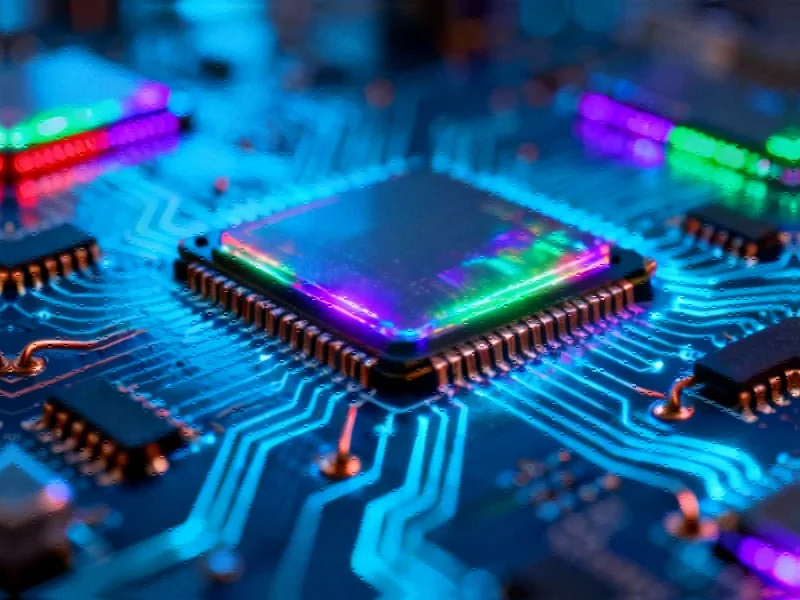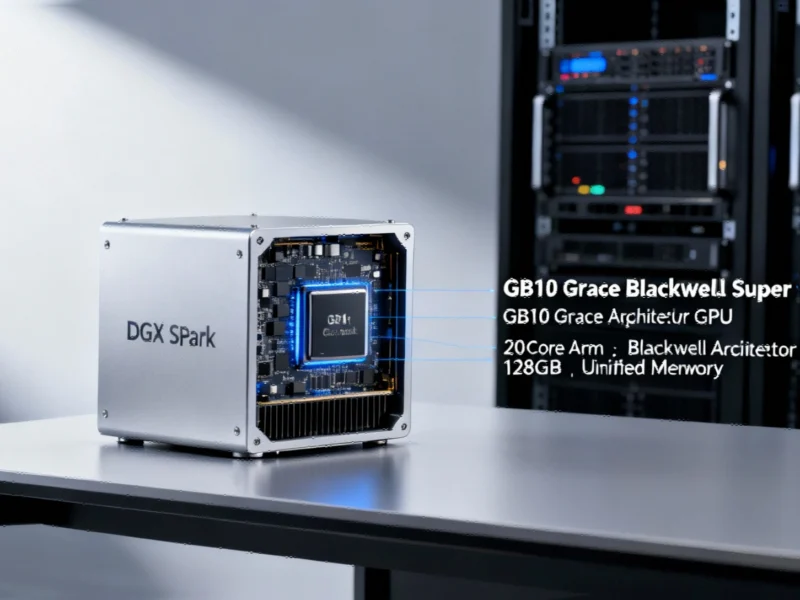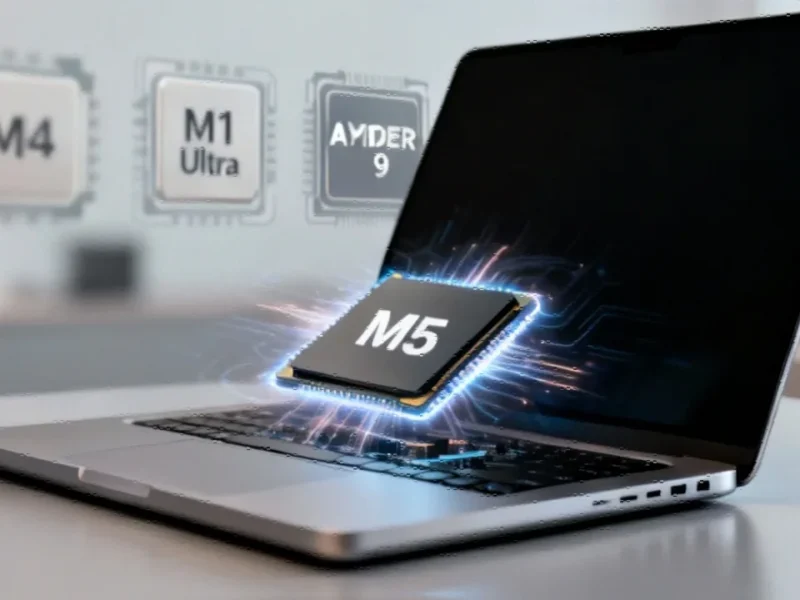Revolutionary 11-Bit Memory Technology
Researchers have developed groundbreaking 11-bit two-dimensional floating-gate memories (FGMs) that represent a significant leap forward in non-volatile memory technology. Published in Nature Communications, this innovation achieves 2,249 distinct conductance levels—surpassing 11-bit capacity—through three key optimizations that address fundamental limitations in memory storage. The technology demonstrates exceptional performance metrics including 230-nanosecond operation speeds, retention exceeding 10,000 seconds, endurance over 100,000 cycles, and remarkable device-to-device reproducibility.
Technical Innovations Driving Performance
The memory devices utilize molybdenum disulfide (MoS₂) channels with bismuth-gold contacts that eliminate Schottky barriers, significantly enhancing on-state currents to 100 µA while achieving an impressive on/off ratio of 10⁸. This contact engineering breakthrough reduces current noise by approximately three times, bringing it close to equipment measurement limits. The noise reduction is particularly crucial for multi-bit storage applications where signal integrity is paramount.
Unlike traditional floating-gate memories, these devices employ a novel coplanar configuration where control gate and source/drain electrodes are arranged in the same plane. This design enables charge injection and erasure to occur at the control gate rather than the channel region, implementing what researchers term a “gate-injection mode” that prevents the influence of defects generated within dielectric layers during cycling operations.
Advanced Programming Methodology
The research team introduced a sophisticated dual-pulse state editing method that significantly improves storage stability. This approach involves applying edit voltage pulses followed by tune voltage pulses of opposite polarity, which promotes detrapping of electrons from defect states in the aluminum oxide layer. This methodology stabilizes memory states and enables the precise conductance control necessary for high-density storage.
This memory advancement represents one of several recent technology breakthroughs in the semiconductor sector. The achievement of 11-bit storage capacity positions these 2D FGMs as strong competitors to both conventional charge-trap memories and top-performing resistive random-access memories (RRAMs), potentially transforming approaches to materials discovery and device architecture.
Noise Reduction and Stability Enhancements
The implementation of bismuth contacts proved critical for noise minimization. For long-channel transistors, noise typically originates from three primary sources: thermal noise, shot noise, and low-frequency noise comprising both channel and Schottky barrier components. In conventional chromium/gold contacted devices, Schottky barrier noise constituted a substantial portion of total noise, causing significant conductance fluctuations.
Through detailed analysis, researchers demonstrated that bismuth/gold electrodes reduce contact resistance to just 2% of total resistance compared to over 50% with chromium/gold contacts. This dramatic reduction makes Schottky barrier noise negligible in bismuth-contacted devices, resulting in approximately three times lower noise in the linear operating regime. These atomic engineering principles have enabled unprecedented performance in nanoscale devices.
Performance Metrics and Applications
The memory devices demonstrate exceptional characteristics across multiple performance dimensions:
- Operation Speed: 230-nanosecond programming and erasure cycles
- Retention: Stable conductance levels maintained for over 10,000 seconds
- Endurance: Reliable operation through more than 100,000 cycles
- Temperature Stability: Maintained low noise even at 85°C
- Reproducibility: Consistent performance across multiple fabricated devices
These advancements come alongside other significant industry developments in energy storage and electronics. The research team implemented an automated editing method based on a proportional-integral-derivative (PID) algorithm that enables precise programming to any target current state within just a few voltage updates.
Future Potential and Scaling Projections
Theoretical analysis presented in the study identifies interfacial defects as the primary limiting factor for state numbers, suggesting that 17-bit storage capacity is attainable through further reduction of trap density. This projection indicates substantial headroom for future improvements in storage density.
The gate-injection operation mode provides particular advantages for related innovations in neuromorphic computing applications, where precise conductance control and stability are essential for emulating synaptic behavior. The technology’s compatibility with various MoS₂ layer thicknesses—from monolayer to few-layer—with minimal performance variation further enhances its manufacturability and application potential.
Security and Broader Implications
As memory technologies advance, ensuring their security becomes increasingly important. Recent market trends highlight the growing sophistication of cyber threats targeting advanced computing systems. The robust performance characteristics of these 2D FGMs position them well for secure computing applications where data integrity and retention are critical.
This breakthrough in memory technology parallels advances in other fields, including recent technology developments in biological engineering, demonstrating how cross-disciplinary innovations can drive progress across multiple sectors. The combination of high density, speed, stability, and reproducibility makes these 2D floating-gate memories strong candidates for next-generation computing hardware, particularly in neuromorphic and edge computing applications where power efficiency and compactness are paramount.
The research establishes a solid foundation for future memory technologies that could eventually surpass the 17-bit projection through continued optimization of material interfaces and device architectures, potentially revolutionizing how data is stored and processed in advanced computing systems.
This article aggregates information from publicly available sources. All trademarks and copyrights belong to their respective owners.
Note: Featured image is for illustrative purposes only and does not represent any specific product, service, or entity mentioned in this article.



